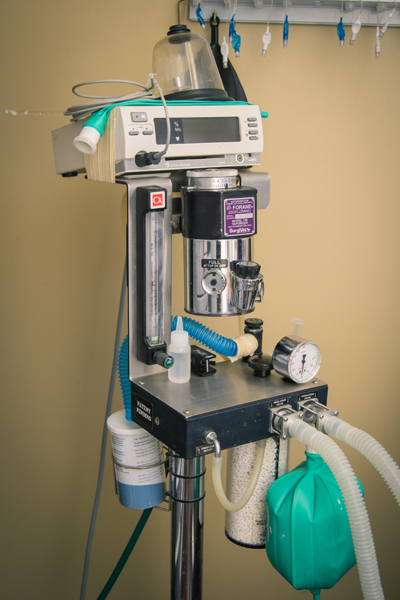Anesthesia

All surgical procedures require anesthesia.
While necessary, anesthesia is not without risk, and this risk can increase based on many factors, including breed, body condition (overweight or underweight), heartworm status, underlying medical conditions, neoplasia, and recent trauma, among others.
Maximizing anesthetic and surgical safety can be achieved by performing preoperative blood work and radiographs, if indicated, as well as routine veterinary examinations and by providing appropriate preventative care (heartworm, flea/tick preventative).
At Acadiana Veterinary Surgery we take anesthesia very seriously. From the moment your pet is first put under anesthesia until the moment they are recovered from anesthesia, they are very closely monitored to manage their safety and comfort, with veterinary supervision at all times. Epidural analgesia is administered to most patients undergoing rear limb procedures, which decreases the pain experienced, thereby allowing them to be kept in a lighter plane of anesthesia, which is much safer for the patient, not to mention more comfortable for them.